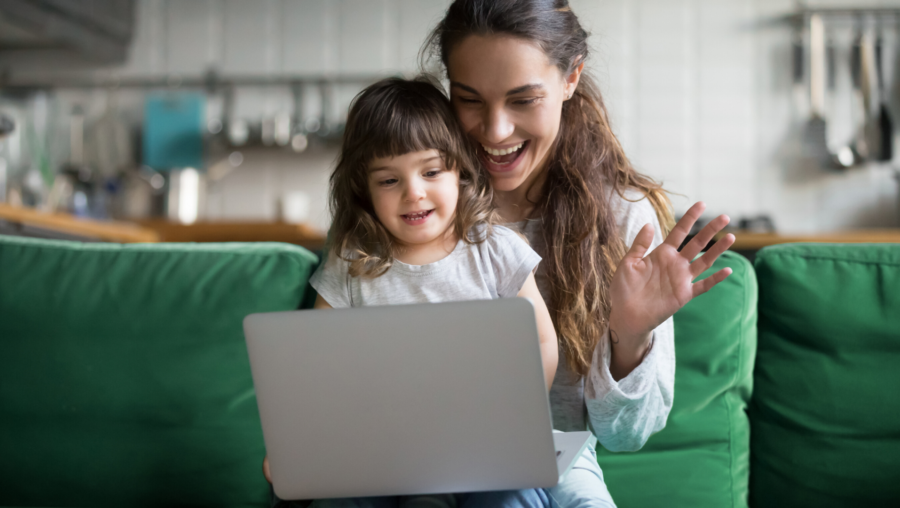Coding Classes for Ages 3–5: Jump & Code
Jump & Code is our fun, movement-based coding course for 3–5 year olds. Build early digital skills through songs, games, and stories.
Learning to code doesn’t have to mean sitting still at a screen.
Jump & Code is our energetic introduction to coding for 3–5 year olds, designed to spark curiosity through music, movement, songs, and stories. Children become the “computers” in our games, learning to follow commands, recognise patterns, and build sequences — all while singing, laughing, and playing.
Aligned with the EYFS and National Curriculum, Jump & Code helps young learners develop key skills like problem-solving, sequencing, and logical thinking in a way that feels joyful and natural. Whether it’s acting out animals, drawing rockets, or playing coding versions of classic songs like Five Little Ducks, children are introduced to the core concepts of computer science in a language they understand: play.
Progression Pathway
Jump & Code lays the foundation for children to move seamlessly into ScratchJr, where they’ll begin creating their own interactive stories, animations, and simple games on screen. Together, these courses build confidence step by step, helping children progress from unplugged, play-based coding to block-based programming.
What to expect
- Fun, themed sessions covering space, animals, colours, stories and more
- Songs, jokes, games and drawing that bring coding concepts to life
- Movement-based activities to channel energy and aid focus
- Mindfulness moments to help children regulate and reflect
Practical details
- Age group: 3–5 years
- Format: Online via Zoom (no extra equipment needed)
- Sessions offered as 1:1 or 1:2 with our expert tutors
- Pricing:
- 1:1 sessions are 30 minutes long and cost £28
- 1:2 lessons are 30 minutes long and cost £20 per child
Meet our Jump & Code Tutors
Our Jump & Code tutors are specialists in early years education and digital skills. They know how to make coding playful and engaging for younger children — turning abstract concepts into songs, games, and laughter. With backgrounds in computing, teaching, and working with young children, they bring a warm, energetic approach that helps little learners feel confident from day one. Meet the tutors by reading their profiles and booking directly with them on Pebble:
If you’re not sure how to get started or want our help matching your child to a class, complete our short form and we’ll get in touch.
Jump & Code gives children the building blocks of computational thinking while keeping coding joyful, active, and creative. It’s the perfect first step in their digital journey.
